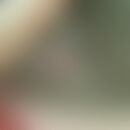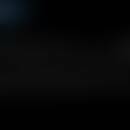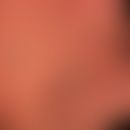Synonym(s)
DefinitionThis section has been translated automatically.
Psocoptera form a class of several thousand small insects that occur worldwide and are also known as "booklice", book lice, paper lice.
Dust lice are 1.2 to 2.3 mm in size, usually brightly coloured, with sometimes quite long and thin antennas. Some Psocoptera species have fully developed wings, while in other species the wings are reduced or missing completely.
Dust lice are often found in homes. They do not suck blood and therefore do not pose a direct threat to human health. Dust lice feed mainly on mould on damp walls or on food. Cereal products usually provide good living conditions for dust insects, while legumes, egg powder, pasta or dried milk are hardly affected.
PathogenThis section has been translated automatically.
Dust lice can be detected in about 1/3 of all German households. They are often found between books (name!), on grain-based foods or behind light-coloured wallpaper. Both egg and larval development depend on temperature and humidity. A female lays about 100 - 110 eggs in the course of her life. These are produced in buildings all year round, so that at least six to eight generations per year can develop here. The life span of dust lice is about ten to twelve weeks. Excrements as well as components of dead insects are found in the house dust of the infested apartments.
You might also be interested in
ClinicThis section has been translated automatically.
Just like house dust mites, dust lice can cause allergic symptoms. In a larger Indian study, 20% of house dust allergy sufferers were found to be reactive to Psocoptera species in prick tests (Patil MP et al. 2001). The protein Lip b 1 was isolated as a relevant allergen (Ishibashi O et al. 2017).
General therapyThis section has been translated automatically.
In case of a massive occurrence of dust lice (Psocoptera), contact insecticides can be used, which usually contain synthetic pyrethroids as active ingredients. In addition, one should deprive the dust lice of their food basis (clearing out, removing mouldy food, increased ventilation and reducing the humidity so that moist wallpaper can dry off).
LiteratureThis section has been translated automatically.
- Ishibashi O et al (2017) Lip b 1 is a novel allergenic protein isolated from the booklouse, Liposcelis bostrychophila. Allergy 72:918-926.
- Patil MP et al (2001) Psocoptera spp. (book louse): a major household allergen in Mumbai. Ann Allergy Asthma Immunol 87:151-155.
Disclaimer
Please ask your physician for a reliable diagnosis. This website is only meant as a reference.




